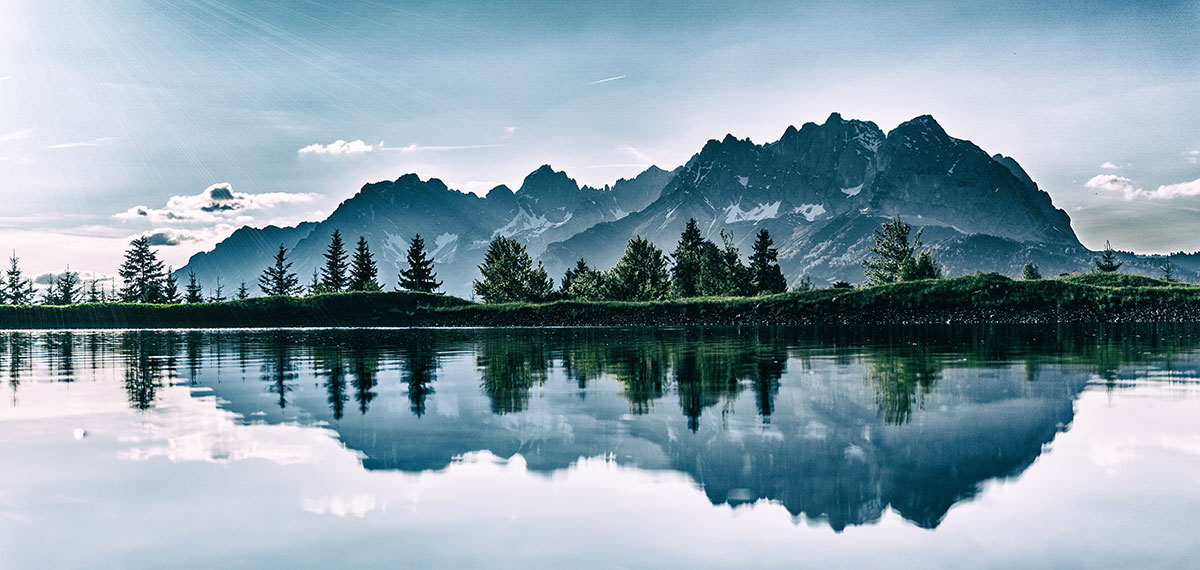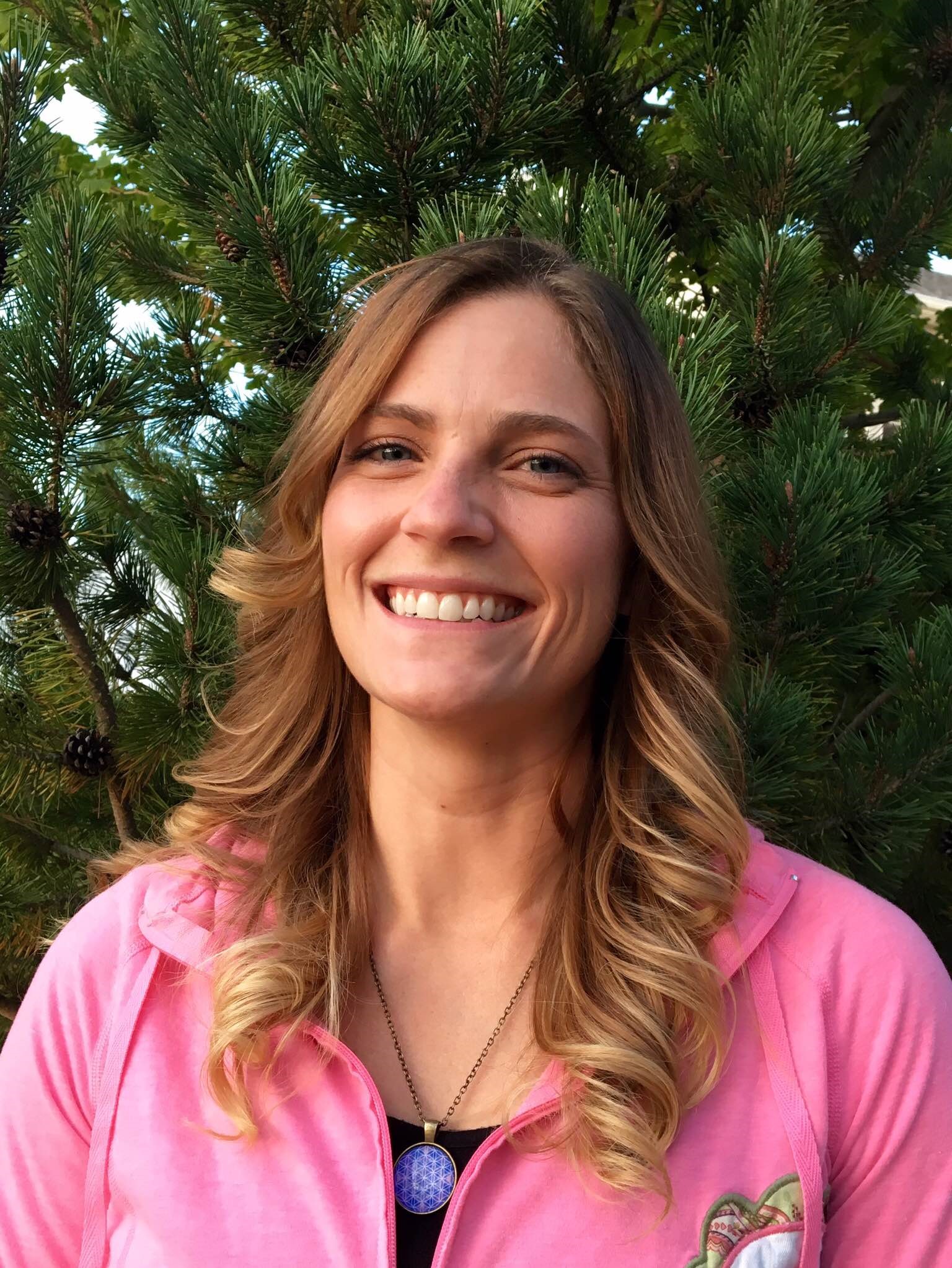May 22, 2019
Why Wilderness Therapy is Effective

Simplifying the Process
From Aquinas to Thoreau and beyond, for decades philosophers have advocated getting back to the woods, back to the simple ways of life. If you've ever wandered on the beach, climbed a mountain, canoed a river, or just sat on a bench and looked out over a city, you understand the feelings that being outdoors can bring. Being in nature has been a form of therapy for centuries and we’re just now understanding the healing good that combining nature and solid therapeutic techniques can accomplish.
Power of Nature
One of the things that make wilderness therapy so effective is the fact that the work being done by a student is not being done in a room, under artificial lights but rather in nature. Nature is incredibly powerful and healing on its own and teaches many different things.
Nature shows that there is nothing wrong with us. There are no mirrors to look at and judge ourselves, which allows more time to focus on the setting and the work being done; building a fire, setting up a tent, etc. When one is in nature with friends or a group that is sharing a journey, there is relief from our culture of sexism, racism, classism and all the other ways we find to oppress, stigmatize and belittle each other.
There are no clocks so there is a return to our natural rhythms. Nature models a healthier pace of life.
It may sound unpleasant but nature forces us to surrender comfort. This is a good thing. Our culture propagates this myth that we should strive to be as comfortable as possible at all times. But, to achieve permanent comfort and control actually leads us to dull, meaningless lives that damage the soul. Nature calls us back to reality. It rains, the sun goes down, things grow where they want, if you hike or climb or swim, your muscles will ache. Nature makes us realize how little control we actually have which frees the mind and the spirit.
The constant noise of our move faster, get more, keeping going culture fades with time in nature, the mind calms and we truly experience and grow to love silence and stillness. In this stillness we’re able to remember who we truly are, the masks that we put on to face the day, be the employee, be the right person are useless in nature and so, we can finally get back to our true selves.
Best of all, being in nature gives us a sense of awe, of being small. This helps us to stop focusing on ourselves and to consider the things and the people around us. We learn we have a place in the world of others.

Twenty-Four Hour Therapy
At Second Nature, our students are engaged in therapy all day and night. Field instructors supervised by highly qualified clinicians live with the students in the wilderness so that the students are in therapy constantly without the feeling of going to the doctor’s office once a week. This constant therapy without feeling like it IS therapy and allows the participant to progress at their own rate.
Group activities, living together, and cooking together help to overcome social phobias and develop greater self-confidence and understanding of teamwork and relationships. Our students benefit enormously from their role as a part of a new group, a mini-society, with others who have similar issues.
Stretching Comfort Zones
The wilderness has a beautiful way of stretching and redefining ones comfort zones. Our students leave behind their comfort zones and their familiar ways of coping. When these old unhealthy coping mechanisms are removed, it can be quite uncomfortable at first. There’s no hiding in their rooms, no playing video games or spending hours on their cell phones. They’re forced to be present and interact with their group. This is opposed to a regular therapeutic setting where the patient can drop back into unhealthy behaviors as soon as they leave the office.
Being pushed out of comfort zones also allows both the therapist and the student to recognize their process. Typically a client goes through an avoidance stage, a learning stage, and a stage where they start to internalize healthier thinking and behaviors. This is improved by being in a group of people going through similar troubles, being under constant therapeutic care and, having the right length of time to allow the process it’s full breadth. Being outside of the comfort zones also allows the therapy to happen in a more backdoor sort of way. The participant doesn’t feel like it's therapy but rather just addressing immediate issues that the group is experiencing together.
Real Therapy
In his 2000 page paper “Why Wilderness Therapy Works”, Dr. Keith C. Russell states that the entire field of wilderness therapy has a growing reputation for therapeutic efficacy. He points to the fact that the programs he studied use evidence-based approaches and help with the assessment of issues, developing of strategies and that participants emerge from the programs with a positive sense of self and hope for the future.
Studies conducted by the Outdoor Behavioral Healthcare Council (OBHC) have shown that the type of therapy participants are exposed to in wilderness situations helps with; Better executive functioning, enhanced problem solving, critical thinking and decision making, a reduction in the symptoms of ADD/ADHD which can contribute to depression and anxiety, and there is an overall improvement in clarity for those coming out of the programs.
Those who have gone through a wilderness therapy program testify that they have developed better self-esteem, become more mature, they have developed more resilience to life’s troubles and they have developed an internal locus of control. This means that participants come away with a strong sense that they have more control over the outcome of events in their lives.



